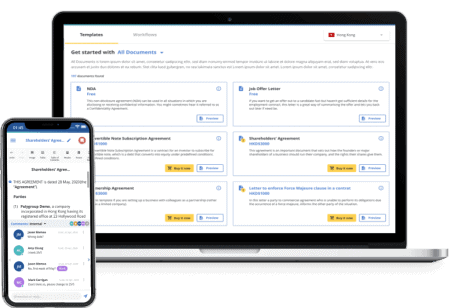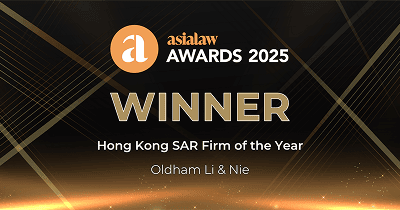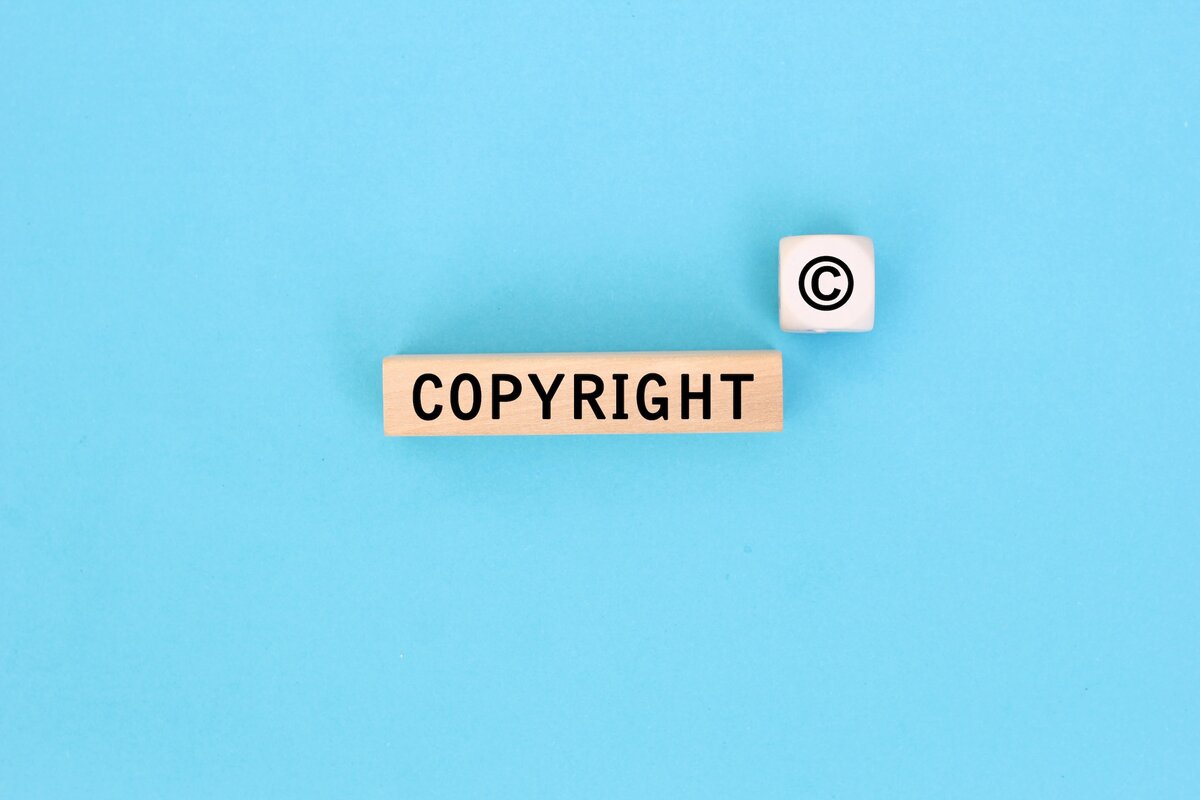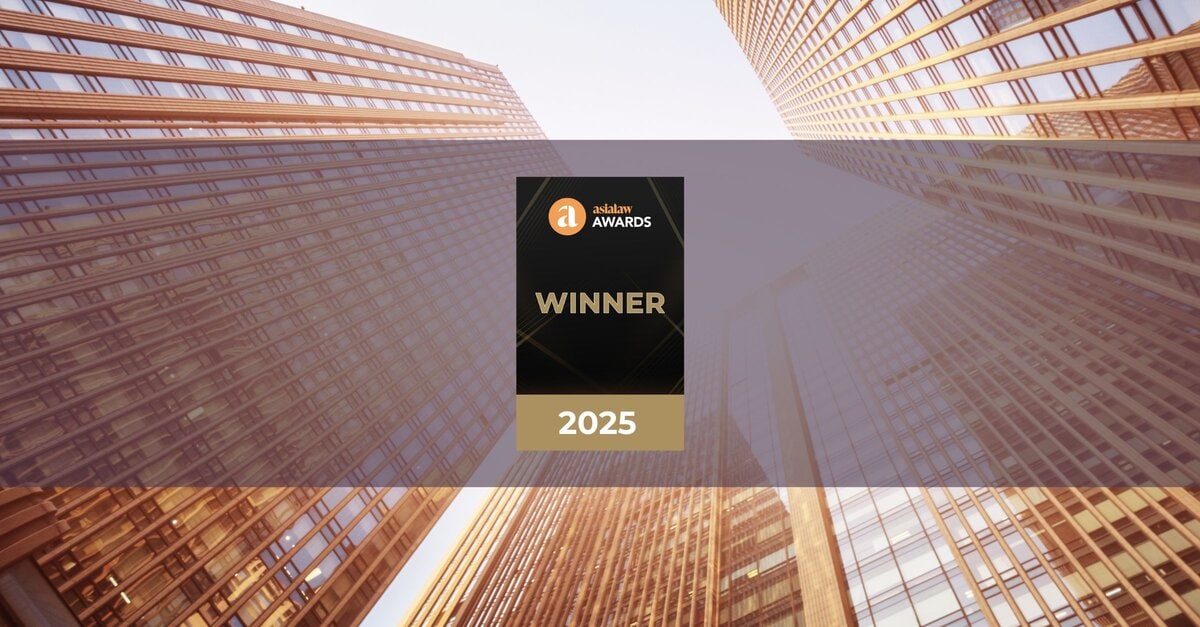Proposed Changes to the Profit Requirement for Main Board IPO
17 May 2021
Introduction
2020 was a year of turmoil, with the outbreak of COVID-19 in late 2019 and early 2020, global economy experienced the biggest slowdown in recent decades. Despite the economic downturn and the poor market sentiment, the Hong Kong IPO market saw an increase in the total IPO funds raised in 2020 by more than 26% when compared with 2019 totalling HKD397 billion and if compared with 2018, total IPO funds raised rose by 38%, while the total number of new listings dropped by approximately 15% compared with 2019 and by approximately 29% compared with 2018.
Consultation of the Stock Exchange
The Stock Exchange of Hong Kong Limited (“Stock Exchange”) published a number of consultation papers in 2020, out of which the consultation on Corporate WVR Beneficiaries and Main Board Profit Requirement are likely to have bigger impact on the IPO market performance in 2021.
In January 2020, the Stock Exchange published the Consultation Paper on Corporate WVR Beneficiaries (“WVR Beneficiaries Consultation Paper”) proposing to extend the WVR regime to permit corporates to benefit from WVR, subject to appropriate safeguards.
In November 2020, the Stock Exchange published the Consultation Paper on the Main Board Profit Requirement (“Profit Requirement Consultation Paper”) proposing to increase the profit requirement for Main Board listing applicants.
The current requirement for a Main Board listing applicant is that the minimum profit attributable to shareholders shall be HKD50 million for the 3 years preceding the application, with HKD20 million for the most recent financial year and an aggregate of HKD30 million for the 2 preceding financial years. In the Profit Requirement Consultation Paper, the Stock Exchange proposed 2 options for the increase:
Option 1: raises the overall profit requirement by 150%, with a minimum profit attributable to shareholders of HKD50 million for the most recent financial year and HKD75 million for the preceding 2 financial years
Option 2: raises the overall profit requirement by 200%, with a minimum profit attributable to shareholders of HKD60 million for the most recent financial year and HKD90 million for the 2 preceding financial years
Reasons for the change
The main reason for this proposed change is that since the increase in the market capitalisation requirement from HKD200 million to HKD500 million in 2018, the implied historical P/E ratio based on the market capitalisation requirement jumped from 10 times to 25 times. The new profit requirement will bring the implied historical P/E ratio of companies only marginally meeting the profit and market capitalisation requirements down to 8-10 times, a level similar to that prior to the market capitalisation increase in 2018. The Stock Exchange has indicated that the proposed increase in profit requirement is aimed at:
- Deterring creation of shells for subsequent disposal at a profit.
- Further distinguishing Main Board from GEM, attracting only sizeable companies that can meet high market standards to list on Main Board.
- Improving the overall quality of Main board issuers.
Who would be affected most by this proposed increase in profit requirement? Obviously, companies that originally planned to list on GEM, pre-revenue biotech companies and those companies that can meet the new profit requirement will not be affected by this proposal. This proposed increase will surely drive some of the intended applicants who just marginally met the current profit requirement out of the game, unless they turn to list on GEM instead, or wait a few more years until their profits meet the new requirement. The new profit requirement does not only apply to potential Main Board listing applicants, but it also applies to listed issuers who intend to transfer their listing from GEM to the Main Board.
Effect of the new Profit Requirement
With the increase in the profit requirement for new listing applicants, the Stock Exchange expects the number of eligible companies to drop drastically. Based on the number of applications received by the Stock Exchange between 2016 and 2019, about 60% of the applicants would have become ineligible for listing upon adoption of either Option 1 or Option 2 of the new profit requirement.
Companies in early stage of development or small to medium-sized companies which have lower profits will be affected by the new profit requirement. But this does not mean they will be refused access to the capital market at all. These companies can still apply to list on GEM and raise funds for their future development. They still can transfer their listing to Main Board once they are able to meet the new Main Board profit requirement.
Transitional arrangement
The Stock Exchange acknowledges that there are companies who may have already commenced their listing project on the basis of the current profit requirement. As the new profit requirement is expected to come into effect not earlier than 1 July 2021, the Stock Exchange believes that there should be sufficient time for these potential applicants to prepare and submit their listing applications prior to the new profit requirement coming into effect.
As indicated in the Profit Requirement Consultation Paper, applications submitted prior to the new profit requirement becoming effective will be assessed under the current profit requirement, provided that such applications have not lapsed for more than 3 months, been withdrawn, rejected or returned by the Stock Exchange. All applications submitted prior to the new profit requirement effective date will be allowed to be renewed ONCE after the new profit requirement effective date if the renewal is submitted within 3 calendar months after the original application is lapsed such that the application will continue to be assessed under the current profit requirement. But any further renewal of applications after the first renewal will be subject to assessment under the new profit requirement.
It should be noted that any applicant who has submitted their listing application prior to the new profit requirement coming into effect will not be permitted to withdraw their application and re-submit again just shortly before the new rules’ effective date such that the application will have a longer period of assessment and vetting under the current profit requirement.
Temporary relief
This may even apply to companies which might otherwise have fulfilled the new profit requirement but for the economic downturn in 2020 which caused its final year of profit attributable to shareholders to drop below the proposed new threshold. In the Profit Requirement Consultation Paper, Stock Exchange raised a point on whether temporary relief shall be granted to good quality companies with strong historical financial performance whose financial results were adversely affected by COVID-19 if certain conditions were met. If such temporary relief is adopted by the Stock Exchange, any potential company seeking such relief shall submit an application to the Stock Exchange for consideration on a case-by-case basis. As it is unclear whether this temporary relief will eventually be adopted after the consultation, it would seem unwise for companies to wait for the consultation conclusion rather than submitting their listing application prior to the effective date of the new profit requirement. If it turns out the temporary relief is not adopted, these companies may lose the chance of submitting their application before the new rule comes into effect, and will have to wait until they meet the new profit requirement.
Conditions for granting temporary relief:
1. Aggregate profit during Track Record Period (TRP) meets the aggregate proposed profit requirement;
2. Positive cash flow from operating activities from ordinary course of business;
3. Circumstances affecting the financial performance is only temporary;
4. At least 6 months of TRP falls in 2020;
5. Sufficient disclosure on the likelihood of recurrence of circumstances affecting its financial performance plus mitigation measures undertaken plus profit forecast covering 1 full financial year after listing
GEM transfer of listing
Since the publication of the Profit Requirement Consultation Paper, sponsors have been actively pursuing potential cases trying to persuade and convince interested companies considering listing on the Main Board or a transfer to the Main Board from GEM to kick start the process in order to meet the last day for submission prior to the new rules becoming effective such that their applications will still be considered and assessed under the current profit requirement.
Outlook for 2021
Since the proposed change in the profit requirement, if eventually adopted, will only come into effect not earlier than 1 July 2021 together with the proposed transitional arrangements which apply to applications filed before the effective date of the new rules, we can most certainly expect a surge in the number of new listing applications and transfer of listing applications to be submitted prior to the effective date of the new profit requirement. Applicants who have commenced their IPO or transfer of listing projects will definitely speed up their process with a view to submit the application before the new rule comes into effect. Even the Stock Exchange indicated in the Profit Requirement Consultation Paper that it is expected the number of applications will increase before the new rules come into effect. In fact, the Stock Exchange has accepted 102 Main Board listing applications since 1 January 2021 which is more than the combined applications for July to December 2020. Just in April 2021 the Stock Exchange has accepted 33 Main Board listing applications. It is very likely that the expected increase in number of both Main Board listing applications and GEM transfer applications will inevitably delay the process and vetting time of applications, whether these applications can proceed to listing within the original 6 months plus the additional 6 months of a renewed application under these circumstances in order to rely on the current profit requirement remain to be seen.
Holding Foreign Companies Accountable Act
In addition to the proposed new profit requirement, the passing of the Holding Foreign Companies Accountable Act (HFCAA) by the US government in December 2020 will also be a driving force for more US-listed Chinese companies to apply for secondary listing on the Stock Exchange pursuant to Chapter 19C of the Listing Rules. The Act requires auditors of US listed foreign companies to allow the Public Company Accounting Oversight Board (PCAOB) to inspect their audit work papers as a means to protect investors and further public interests in the preparation of informative, accurate and independent audit report. If a company fails to comply with this for 3 consecutive years, the Act requires that the SEC prohibit the securities of such company from being traded on a national securities exchange, including OTC trading. will render the company liable to be delisted from the US stock exchange.
With the HFCAA becoming law in the US, and the successful homecoming listings of US-listed Chinese companies in Hong Kong in 2020, we can expect the number of homecoming listings of US-listed Chinese companies to continue to grow in 2021. Amongst the top 10 largest IPOs in terms of funds raised in 2020, three of which are secondary listing of NASDAQ primary listed Chinese companies, ranking first, third and sixth. All three of these secondary listing companies are in the TMT sector, their total funds raised comprised 18.5% of the total IPO funds raised in 2020. TMT continues to be the hottest sector ranking first in terms of total funds raised in the Hong Kong IPO market in 2019 and 2020.
Consultation Conclusion on Corporate WVR Beneficiaries
The Consultation Conclusion on Corporate WVR Beneficiaries published in October 2020 further opened the gate for Greater China Issuers (having centre of gravity in Greater China) that are:
1. controlled by one corporate WVR beneficiary (or a group of corporate beneficiaries acting in concert) which is the largest shareholder in terms of shareholders’ votes and such votes controlled by the WVR beneficiary is not less than 30% of the total shareholders’ votes (at or before 30 Oct 2020); and
2. primary listed on a Qualifying Exchange (being NYSE, NASDAQ and London Stock Exchange Main Market and belonging to the Premium Listing segment) on or before 30 October 2020,
to apply for secondary listing in Hong Kong.
These issuers, known as Qualifying Corporate WVR Issuers, will be treated in the same way as the Grandfathered Greater China Issuers under Chapter 19C of the Listing Rules. Qualifying Corporate WVR Issuers seeking to secondary list on the Stock Exchange shall be an innovative company and shall satisfy the qualifications for listing set out in Chapter 19C of the Listing Rules.
The total number of new listings in 2020 under the new listing regime, i.e. biotech companies, innovative companies with weighted voting rights structures and concessionary secondary listings, was 27, compared with 11 in 2019 and 7 in 2018, showing an increase by 145% and 286% respectively.
Conclusion
The consultation period for the change in Main Board profit requirement ended on 1 February, the consultation conclusion is not yet available when this article is published. We will find out when the consultation conclusion is published which option the Stock Exchange will adopt.
In the 3 months since the Stock Exchange published the Profit Requirement Consultation Paper, the Stock Exchange has accepted a total of 44 new listing applications (including transfer of listing applications and Reverse Takeover) in November, December 2020 and January 2021. As rightly predicted by the Stock Exchange, the number of new listing applications (including transfer of listing applications and Reverse Takeover) accepted by the Stock Exchange in the three months between February and April 2021 almost doubled, totalling 85 applications. We shall see whether the number of applications accepted in the coming months prior to the new profit requirement coming into effect will continue to increase.
If you wish to learn more about listing in Hong Kong, please feel free to speak to our Simon Wong.
Simon Wong
+852 2186 1848 / +852 9460 9816
simon.wong@oln-law.com
Partner, Corporate & Commercial
Oldham, Li & Nie
May 2021
 Suite 503, 5/F, St. George's Building, 2 Ice House Street, Central, Hong Kong
Suite 503, 5/F, St. George's Building, 2 Ice House Street, Central, Hong Kong +852 2868 0696
+852 2868 0696















